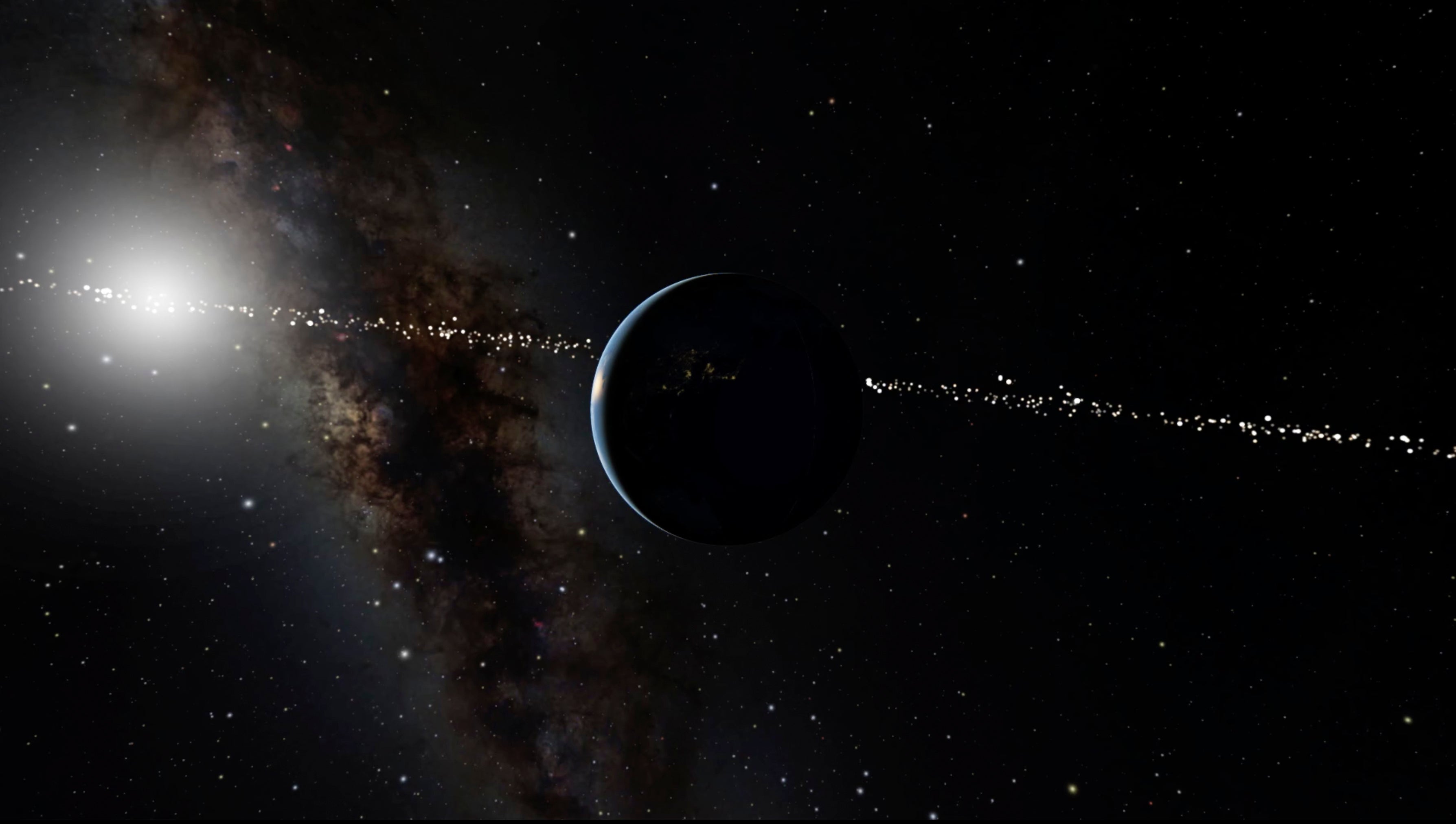Can ET see us? Study finds many stars with prime Earth view
A new study says there are lots of stars and planets in our galactic neighborhood that can get a good glimpse of Earth and its civilization

Your support helps us to tell the story
From reproductive rights to climate change to Big Tech, The Independent is on the ground when the story is developing. Whether it's investigating the financials of Elon Musk's pro-Trump PAC or producing our latest documentary, 'The A Word', which shines a light on the American women fighting for reproductive rights, we know how important it is to parse out the facts from the messaging.
At such a critical moment in US history, we need reporters on the ground. Your donation allows us to keep sending journalists to speak to both sides of the story.
The Independent is trusted by Americans across the entire political spectrum. And unlike many other quality news outlets, we choose not to lock Americans out of our reporting and analysis with paywalls. We believe quality journalism should be available to everyone, paid for by those who can afford it.
Your support makes all the difference.Feeling like you are being watched? It could be from a lot farther away than you think.
Astronomers took a technique used to look for life on other planets and flipped it around — so instead of looking to see what’s out there, they tried to see what places could see us.
There's a lot.
Astronomers calculated that 1,715 stars in our galactic neighborhood — and hundreds of probable Earth-like planets circling those stars — have had an unobstructed view of Earth during human civilization, according to a study Wednesday in the journal Nature
“When I look up at the sky, it looks a little bit friendlier because it’s like, maybe somebody is waving,” said study lead author Lisa Kaltenegger, director of the Carl Sagan Institute at Cornell University
Even though some experts, including the late Stephen Hawking, warn against reaching out to aliens because they could harm us, Kaltenegger said it doesn't matter. If those planets have advanced life, someone out there could conclude that there is life back here based on oxygen in our atmosphere, or by the radio waves from human sources that have swept over 75 of the closest stars on her list.
“Hiding is not really an option,” she said.
One way humans look for potentially habitable planets is by watching them as they cross in front of the star they are orbiting, which dims the stars' light slightly. Kaltenegger and astrophysicist Jacqueline Faherty of the American Museum of Natural History used the European Space Agency’s Gaia space telescope to turn that around, looking to see what star systems could watch Earth as it passes in front of the sun.
They looked at the 331,312 stars within 326 light-years of Earth. One light-year is 5.9 trillion miles. The angle to see Earth pass in front of the sun is so small that only the 1,715 could see Earth at some point in the last 5,000 years, including 313 that no longer can see us because we've moved out of view.
Another 319 stars will be able to see Earth in the next 5,000 years, including a few star systems where scientists have already spotted Earth-like planets, prime candidates for contact. That brings the total to more than 2,000 star systems with an Earth view.
The closest star on Kaltenegger’s list is the red dwarf star Wolf 359, which is 7.9 light-years away. It's been able to see us since the disco era of the mid 1970s.
Carnegie Institution for Science planetary scientist Alan Boss, who wasn’t part of the study, called it “provocative.” He said in addition to viewing Earth moving in front of the star, space telescopes nearby could spot us even if the cosmic geometry is wrong: “So intelligent civilizations who build space telescopes could be studying us right now.”
So why haven’t we heard from them?
It takes a long time for messages and life to travel between stars and civilizations might not last long. So between those two it’s enough to limit the chances for civilizations to exchange "emails and TikTok videos,” Boss said in his own email. “So we should not expect aliens to show up anytime soon.”
Or, Kaltenneger said, life in the cosmos, could just be rare.
What’s exciting about the study is that it tells scientists “where to point our instruments,” said outside astronomer Seth Shostak of the SETI Institute that searches for extraterrestrial intelligence. “You might know where to look for the aliens!”
___
Follow Seth Borenstein on Twitter at @borenbears.
___
The Associated Press Health and Science Department receives support from the Howard Hughes Medical Institute’s Department of Science Education. The AP is solely responsible for all content.